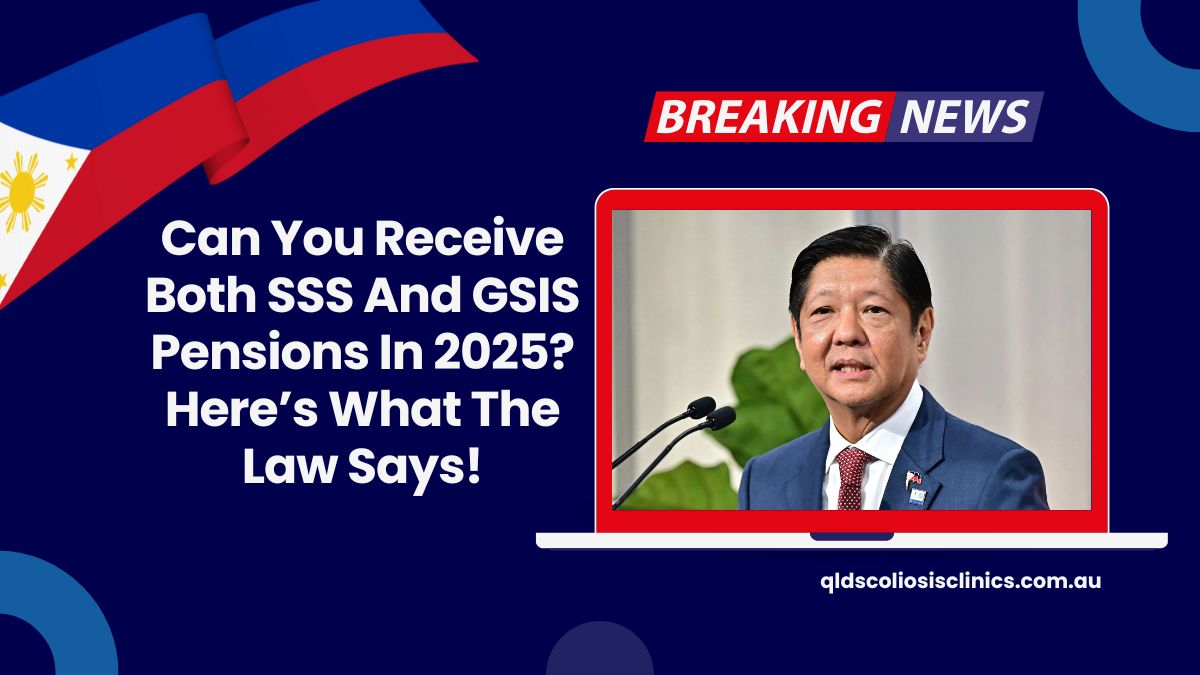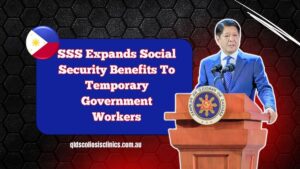As retirement planning becomes more complex, many Filipinos who have worked in both the private and public sectors are wondering, “Can you receive both SSS and GSIS pensions in 2025?”
With retirement law PH constantly evolving, understanding the current stance on pension overlap eligibility is essential for dual-system contributors.
This July 2025 update breaks down the latest policy rules and explains what they mean for Filipinos who qualify for both systems. Let’s dive into the details.
Understanding the Basics: SSS vs. GSIS
The Social Security System (SSS) serves private-sector employees and voluntary members like OFWs and self-employed workers, providing benefits for retirement, disability, and survivorship.
On the other hand, the Government Service Insurance System (GSIS) caters to government workers, including teachers, uniformed personnel, and civil servants, offering similar benefits.
In the past, retirees often found themselves in a gray area when transitioning between private and government jobs, unsure whether they could claim pensions from both systems simultaneously. The 2025 updates now clarify this issue.
The 2025 Update: SSS and GSIS Dual Pension Rule
The updated SSS and GSIS dual pension rule for 2025 clears up confusion around eligibility. Under current guidelines, retirees may qualify for both pensions only if they meet the eligibility requirements for each system independently.
Simply contributing to both systems does not automatically entitle someone to dual pension payouts.
To qualify:
- SSS: Members must have at least 120 monthly contributions.
- GSIS: A minimum of 15 years (180 months) of service is required.
If a member meets the conditions for both systems, they can receive pensions from both systems. However, benefits cannot be duplicated for the same period of service. This ensures fairness and prevents potential abuse of the system.
| Scenario | Pension Eligibility | Benefit Type |
|---|---|---|
| Qualified under both SSS & GSIS independently | Dual Pensions | Two separate pensions |
| Qualified only via combined service | Single Pension | From one system only |
| Duplicate periods of service | Not Eligible for Dual Pensions | Must choose one system |
Pension Overlap Eligibility: When It Applies
Some retirees may find themselves in a situation where their work periods in both sectors don’t fully meet the required thresholds for both systems. In these cases, totalization agreements come into play, particularly for those with a split employment history.
The Portability Law (Republic Act No. 7699) allows individuals to combine service credits from both systems to qualify for a single pension. However, this doesn’t permit dual pensions—instead, it results in a combined benefit from one system based on the totalized service credits.
Here’s a quick comparison:
| Scenario | Pension Eligibility | Benefit Type |
|---|---|---|
| Qualified for dual pensions independently | Dual Pensions | Two separate pensions |
| Qualified via totalization | Single Pension | Combined benefit |
| Periods of service overlap | Not Eligible for Dual Pensions | Choose one system |
Real-Life Application: Who Actually Gets Both?
Consider a person who worked 10 years in the private sector and later spent 20 years in government service. If they contributed adequately to both systems, they are eligible to draw two separate pensions in 2025.
However, someone with 8 years in private employment and 10 years in government service would not qualify for both pensions independently. Instead, they could claim a single pension through totalization, depending on which system has more service credits.
Preparing for Retirement in 2025
To maximize your benefits and avoid complications, it’s crucial to be proactive about your retirement planning. Here are some essential tips:
- Keep accurate records of your contributions to both SSS and GSIS.
- Request service records and contribution summaries early to avoid delays.
- Consult with agency representatives to confirm eligibility before retirement.
- If eligible for both, prepare two separate applications with supporting documents for each system.
Planning ahead ensures you’re ready to navigate the complexities of dual pension eligibility in 2025.
The 2025 update on SSS and GSIS pensions clarifies the rules for those who have contributed to both systems. While dual pensions are still possible, they depend on meeting the eligibility requirements of each system separately.
The Portability Law ensures that service credits from both systems can be combined to provide a single pension, but not dual pensions.
Understanding these rules is crucial for those nearing retirement who have worked in both the private and public sectors. By keeping accurate records and consulting with the appropriate agencies, you can ensure that you receive the benefits you’re entitled to under the current retirement law PH.
FAQs
Can I receive both SSS and GSIS pensions in 2025?
Yes, if you meet the eligibility requirements for both systems independently, you can receive two separate pensions.
What if I don’t meet the full requirements for both systems?
If your service periods in both sectors don’t meet the requirements, you can use totalization to combine service credits and receive a single pension.
What is the Portability Law, and how does it work?
The Portability Law (RA 7699) allows individuals to combine service credits from both SSS and GSIS to qualify for a single pension, but it does not allow dual pensions.




